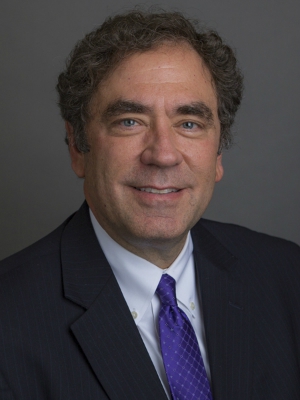Join The Conversation
Don Levit
11/17/2008 01:47 PM
Brian:
Thanks for posting this case.
I had no idea that Medicaid pays hospitals a higher percentage of their charges than it does for physicians.
Are the hospital reimbursements still below the hospitals' "costs?"
Because the County was obligated to pay, I agree that the EPIC physicians provided a benefit, not only by treating the patients, but by saving on the "outsourcing" to EPIC.
Are you familiar with the federal code provision of "lessening the burdens of government"?
If so, why was this benefit not proposed, at least in the case as published?
Don Levit
Brian S. King
11/17/2008 01:47 PM
Don, the medicaid payment schedules are set by the states rather than the feds. It is just a quirk of the Utah payment schedules that the medicaid rates for the docs is substantially lower than the rates for the hospitals. I think the rates for Utah hospitals are in the 60% to 80% range, high enough that the hospitals aren't as unhappy about their medicaid reimbursements as the docs are.
I'm not familiar with the fed code provision you refer to. But it sounds interesting. Do you have a cite? In light of the fact that the payment schedules are set by the states under their medicaid programs, I don't think it would apply in our case but I'd be interested in looking at it.
Don Levit
11/17/2008 01:47 PM
Brian:
Look at Rev. Rul. 85-1 which states, "Section 1.501(c)(3)-1(d)(2) provides that the term 'charitable', and includes the lessening of the burdens of government."
"The criteria set out in Rev. Rul. 85-2 for determining whether an organization's activity are lessening the burdens of government are: first, whether the governmental unit considers the organization's activities to be its burden; and second, whether these activities actually lessen the burdens of the governmental unit."
Also, look at the 1993 EO CPE Text, which can be found at http://www.irs.gov/pub/irs-tege/eotopicb93.pdf.
One of several interesting excerpts, "In sum, the organization must demonstrate that a governmental unit considers the organization to be acting on the government's behalf, thereby freeing up government assets - human, material, and fiscal - that would otherwise have to be devoted to the particular activity."
Don Levit
Post A Comment
Articles
- Posted on 09/24/2010 Testimony of Judge William Acker Before Senate Finance Committee
- Posted on 09/18/2010 DeBofsky Senate Testimony
- Posted on 01/05/2010 Preliminary Injunction in C/HCA, et. al., v. Regence Blue Cross Blue Shield of Utah
News
- Posted on 10/05/2005 Welcome to the Website of Brian S. King
- Posted on 10/05/2005 Visit Healthcare Recovery Solutions Online
